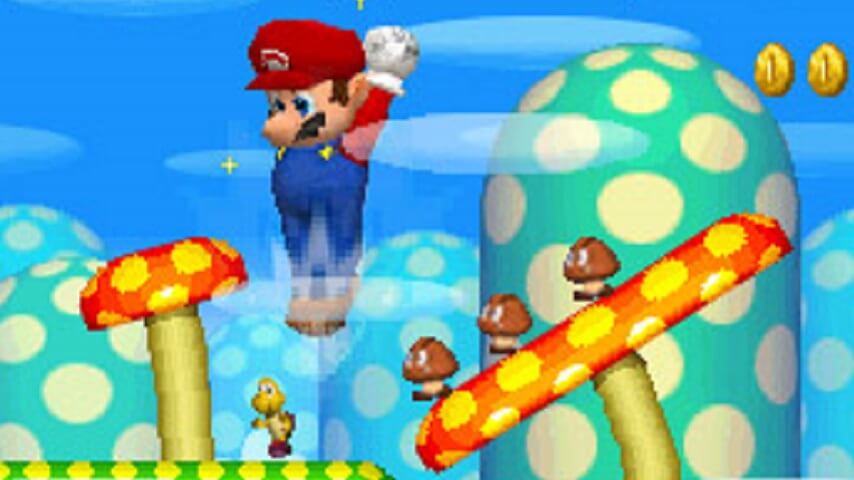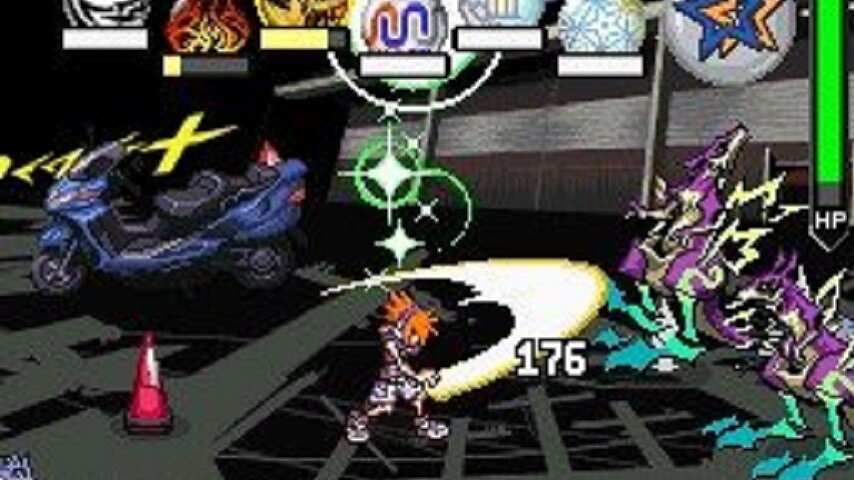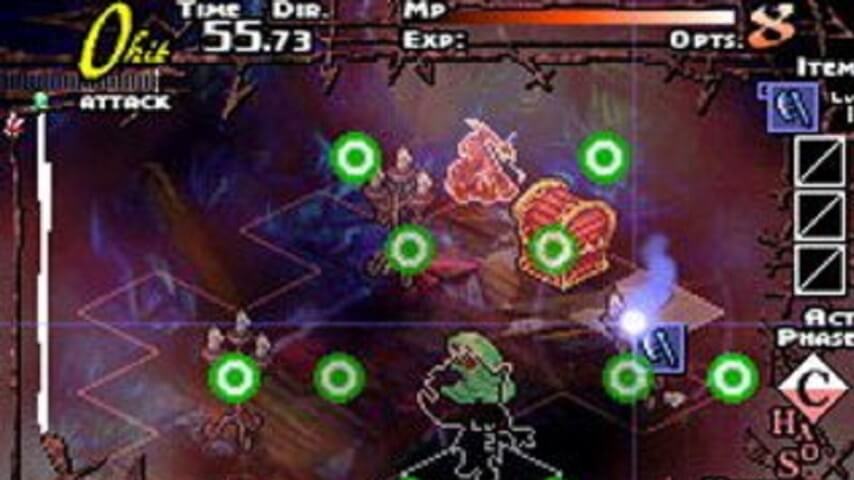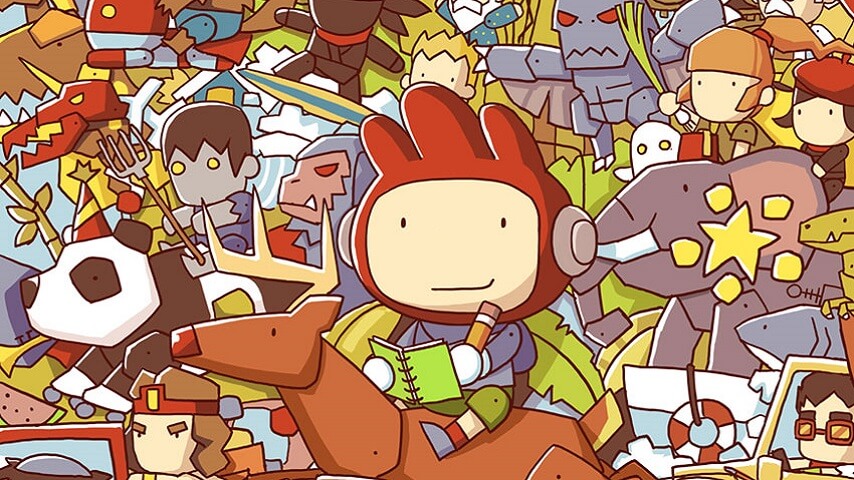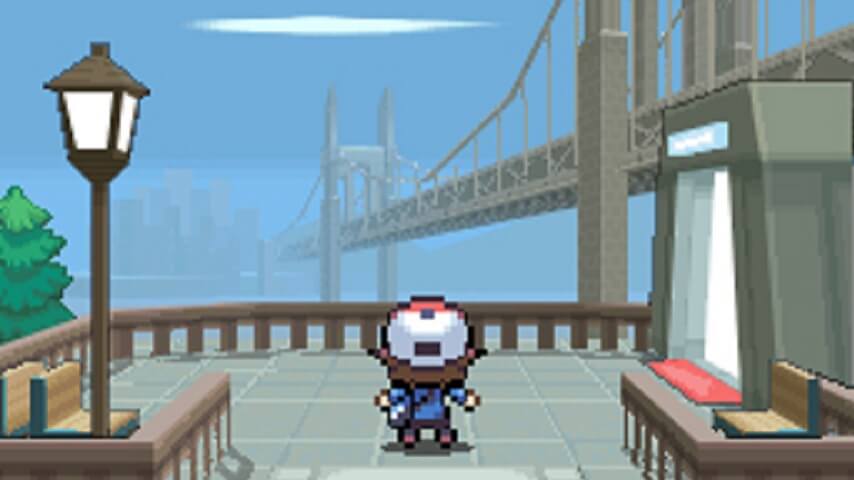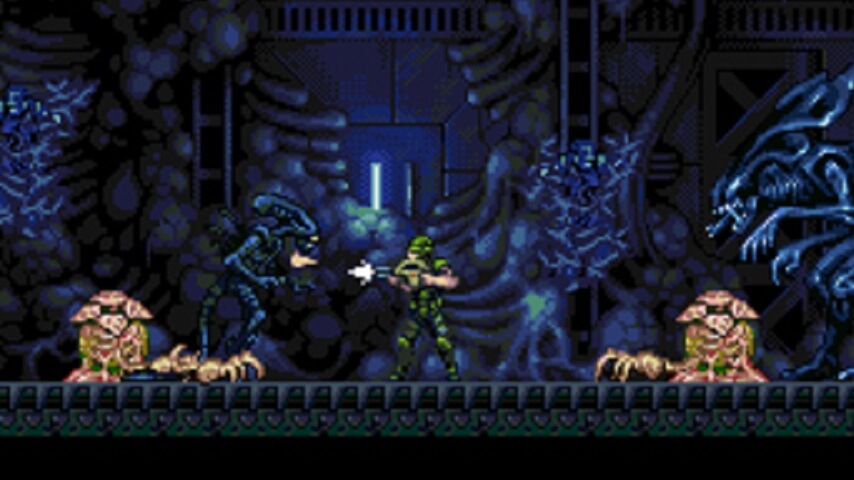8 games, 8 years: How the weird lil' Nintendo DS took over the gaming world
In honor of its 20th anniversary, we track the history of the best-selling handheld of all time through 8 vital games.
Image, clockwise from bottom left: WarioWare Touched! (Image: Nintendo), Scribblenauts (Image: Warner Bros.), Pokémon Black (Image: Nintendo), New Super Mario Bros. (Image: Nintendo), The World Ends With You (Image: Square-Enix), and the Nintendo DS (Photo: Nintendo)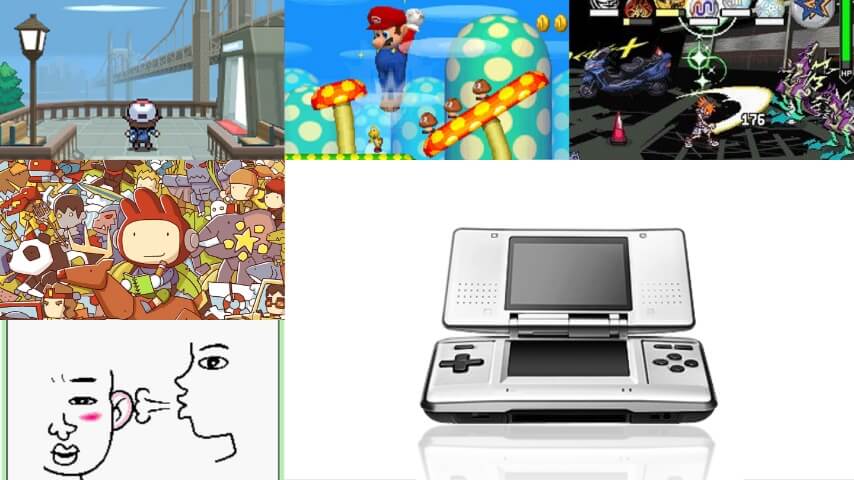
2024 marks the 20th anniversary of the Nintendo DS, a chunky grey lump of plastic that holds a frankly ridiculous number of video game sales records—including being the best-selling handheld console of all time, the best-selling Nintendo console of all time, and the second-best-selling video game console, period. (Sony’s PlayStation 2 has it beat on that one, at a very slim 154 million to 155 million unit sold.) And this can be a bit surprising, insofar as, when it first launched, the DS seemed weird as hell, and maybe even a little goofy: Two screens, stylus-based controls, and a built-in microphone that developers seemed perversely interested in making players blow into to make stuff happen. (Also, Nintendo adopted the uncomfortable slogan “Touching is good” to promote its launch, complete with a series of bewilderingly horny ads, and one contest where people were encouraged to take photos of themselves with severed mannequin hands.)
Nintendo was pretty sure it was on to something, though, with the stylus-based console adopting the same “Even grandpa can understand this!” design philosophy that would make the motion-controlled Wii a cultural juggernaut just two years later. (Hopefully, these grandpas weren’t too put off by TV commercials where cutesy mascot Kirby went on dates with a giant ambulatory finger.) Racing the system into stores in the U.S. for Black Friday 2004, the Japanese company was rewarded with hefty sales, despite the system’s launch library being fairly anemic. That collection of games would swiftly grow, though, until it numbered somewhere north of 2,000 by the time the system was supplanted by a (less successful, even-more-gimmicky) successor, the 3DS, in 2011. And that library, more than any odd quirk of control, is the biggest reason the DS sold so insanely well. Partly, that’s because Nintendo and third-party developers like Atlus and Square-Enix worked hard to supply the system with quality titles, partly its because many of those games were aimed at a “non-gamer” audience slowly getting more accustomed to the concept of mobile gaming—but it also came down to a sweet spot the handheld hit between low costs and a hefty supply of innovation. The DS was a place where weird ideas could thrive, something borne out across the 2,000-plus games it played host to, and the eight years that it reigned supreme over the handheld market.
As to how those eight years went down, well, that’s our goal here: To track the staggering success of the Nintendo DS through an examination of eight games—one for each year it sat, stylus held high, at the top of the gaming world.
2004: WarioWare Touched!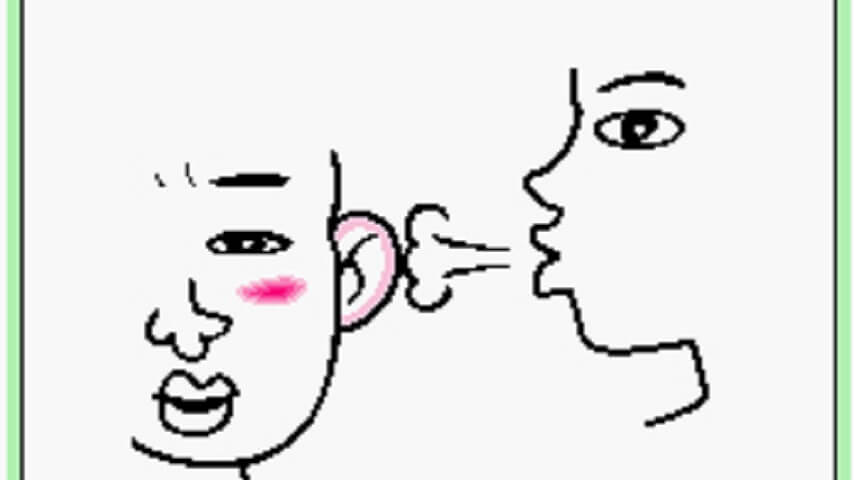
Wario—noted asshole/innovator—has been at the vanguard of many of Nintendo’s oddball hardware experiments, and the DS was no exception. The system’s first WarioWare game is actually the less interesting of the two it would ultimately host. (2009’s game creation kit WarioWare D.I.Y. represents both Nintendo’s more creative aspirations, and the way those ambitions have been frequently handicapped by its deep and instinctive fear of that wily old demon the internet.) But as a showcase for the DS’s touchscreen, the microgame collection was hard to beat: Hundreds of three-second games, many of them about photorealistic cats or jamming fingers in noses, all designed to get players thinking with their stylus. Its fellow launch title Super Mario 64 DS might have been a better showcase for the DS’s graphical advancements—and the console’s two launch-set dating games, Feel The Magic XY/XX and Sprung, managed to out-weird Wario on his home turf—but Touched! was still a solid introduction to the concept of playing games without touching the buttons.
2005: Brain Age: Train Your Brain In Minutes A Day!
We’ve only made it to 2005, and already the picks are getting infinitely harder. After all, Brain Age certainly isn’t the best game to be released on the DS in 2005—that would be, like, a five-way tie between Kirby: Canvas Curse, Mario Kart DS, Castlevania: Dawn Of Sorrow, Phoenix Wright: Ace Attorney, or aggressively addictive puzzle game Meteos. (We’d personally give it to Canvas Curse, but that’s a matter of taste/enjoying watching the little pink fuzzball floating along on beautifully drawn rainbow rails.) Heck, Brain Age isn’t even the oddest touch-based Nintendo game to get huge amounts of press that year, either. (Looking at you, pet simulator Nintendogs, the game that taught us all exactly how far cuteness could take a title, and no further.) But Brain Age, which promised to both measure, and improve, players’ mental acuity by forcing them to do basic IQ tests while a large floating head condescended to them, is important not so much for what it was, as for who bought it: I.e., everybody, speaking to the DS’s fulfillment of Nintendo’s fiscal dreams of finally making a video game console that the whole family could play and understand (and buy) without feeling intimidated. The “Brain Age” thing added a helpful competitive element, the “check in once a day” aspect encouraged compulsive play, and the illusion that you were doing something good for yourself with your daily Stroop tasks cemented the whole thing. A triumph for marketing as much as game design, but a triumph, nevertheless.
2006: New Super Mario Bros.
When trying to find reasons that Nintendo’s gaming consoles have sold so well over the decades, it’s never good to discount the most basic and obvious one: They’re the only place you can play actual Nintendo games. Take, as an example of how incredibly important that is, this first traditional side-scrolling Mario game since the Super Nintendo’s Yoshi’s Island, fully 11 years earlier. New Super Mario Bros. is a fantastic game in its own right, full of interesting secrets, mechanically fun power-ups, and the perfectly precise running and jumping that Mario games are synonymous with. But it also speaks to how the limitations of the DS hardware encouraged smart design, taking Mario—who’d floundered a bit in 3D on the GameCube a few years earlier, with the charming but flawed Super Mario Sunshine—back to his two-dimensional roots, and proving that the basic mechanics of leap, sprint, and stomp could still be fun as hell. There are other 2006 release that could have easily slotted in here—stylish rhythm game Elite Beat Agents, fourth-generation Pokémon games Pearl and Diamond, the gorgeously refined and inventive Tetris DS—but NSMB is the one that shows Nintendo doing what it does best, in the purest form possible.
2007: The World Ends With You
Oh, if we only had two slots to hand out for 2007, a banner year in the Nintendo DS’s life; oh, that we could also give this year’s place of honor to indieszero’s revolutionary, highly innovative fake retro games collection Retro Game Challenge. But while that innovative critical darling—which recently got a spiritual successor of sorts via Mossmouth’s UFO 50—speaks to the experimental “Fuck around and find out” nature of DS development, the game itself could have been published anywhere. Whereas you simply couldn’t make the aggressively stylish The World Ends With You on any other piece of hardware, at least not without lobotomizing its incredibly addictive take on action-RPG combat. (Something publisher Square-Enix itself has proven by shoving the game onto systems that neuter big chunks of its features in subsequent years.) Fashion-obsessed, deeply convoluted, and centered on a loner attempting to survive a deadly game on the streets of Tokyo’s Shibuya district, TWEWY went out of its way to use every piece of the DS hardware, from the touchscreen, to its early internet connectivity, to its microphone and clamshell design. Notable, then, that this is the first title on our list not to be developed by Nintendo, as 2007 saw more and more developers came to terms with everything the DS would let them do (in ways that meant more than “slap in some touchscreen controls and stick a D and an S word in the title”).
2008: Knights In The Nightmare
Given that 2008 was the single most prolific year of the DS’s lifespan—with 496 games released in total—it might seem odd that we’re going for such an obscure pick for its stand-out title, a bizarre blend of turn-based strategy and bullet hell twitch action. But the sheer weirdness of Knights In The Nightmare is exactly why we’ve picked it over more traditional fare like the excellent Castlevania and Advance Wars games that came out that year, or more cult-ish favorites like Rhythm Heaven or Etrian Odyssey II. The fact is, it’s hard to imagine any other system in history that would serve as a suitable infection vector for Knights, the strangest installment of Sting Entertainment’s already quite weird Dept. Heaven series of RPGs. The title puts you in control of a dead king who has to animate (via touch-screen controls) the corpses of his slain warriors to try to undo the havoc caused by his death; it is, unsurprisingly, morbid as hell, while also forcing players to do some very fancy stylus work to keep their protagonist, uh, “alive.” Full of obscure mechanics, melodrama, and some obtuse-but-addictive gameplay, it’s a weird hot house flower of a video game, unexpectedly thriving in one of the only environments in gaming history where this sort of strangeness could manage to survive.
2009: Scribblenauts
If there’s a throughline to the games in this chronology, it’s that they show off an emphasis on ideas over spectacle. (Because, well, there’s only so much spectacle you can shove into two three-inch LCD screens.) 5th Cell’s Scribblenauts might be the ultimate expression of that idea: The game hands you a “magic notebook,” invites you to write in it to summon one of tens of thousands of potential objects on a whim, and then asks you to use this incredible power to solve dozens of odd little puzzles. The Scribblenauts series would eventually run its course—turns out there’s only so many interesting problems you can come up with once you’ve made your players functional gods—but when it first hit, it was a revelation of the joys of lateral thinking. (Both from the players, and the designers, who made this Mad Libs approach to game design shockingly viable.) Follow-up Super Scribblenauts (which cleverly adds adjectives to both its name, and its library of usable words) is undeniably the more fun game, but it’s hard to escape the sheer sense of possibility that set in the first time you booted up the original Scribblenauts and summoned “God” to fight a “T-Rex,” then dropped a giant “Meteor” on both their heads while cackling like a six-year-old.
2010: Pokémon Black/White
At some moment in every console’s lifespan, you hit the point where refinement starts to overtake innovation. The DS ended up lasting long enough to play host to two different generations of Pokémon games, with 2010’s Black and White introducing some new features, a whole bunch of adorable monsters, and also a lot of, well, more of the same. (At least this one acknowledged, if only in passing, the whole “cock fighting with magic powers is weird” aspects of the game’s universe, if only to denounce them as deluded.) It’s very much an elder statesman of a game, as are many of the titles that joined it on the 2010 DS roster: Etrian Odyssey released its best installment, The Drowned Prince; Capcom doubled down on its slow re-cultivation of the adventure game genre with Ghost Trick: Phantom Detective; Square-Enix released refurbished versions of older titles like Dragon Quest VI and the previously phone-exclusive Kingdom Hearts: Coded. None of these games exactly set the world on fire with shocking displays of creativity, but what they lacked in spark they made up for in polish, and in play. By 2010, the DS had settled into its niche, serving genres that simply no longer existed on bigger, flashier consoles, and its late-life bench represents some of the best that each of these franchises had to offer.
2011: Aliens: Infestation
And even then, right at the end, a system can surprise you. Given that the 3DS came out in March, sucking all of the air (and developer attention) out of the room, there wasn’t much time for the tired old DS to make much of a mark on 2011, outside of one last (quite good) Kirby game, Mass Attack. But then, in October, one of those games that feels like it came in straight out of an alternate dimension of game development showed up: Aliens: Infestation, an honest attempt to import the horror (and especially the lethality) of the first two Alien movies into a side-scrolling, handheld experience. Created by studio WayForward—who’d spent years refining their miniature gaming bona fides, most notably with the excellent DS title Contra 4 in 2007—Infestation somehow managed to make walking down deserted corridors in teensy 2D scary—especially since the game was perfectly content to kill off your limited supply of unique named marines if you let the xenomorphs get too close. Infestation isn’t a masterpiece by any means (although it is, ironically, a much better game than the much more expensive first-person shooter, Aliens: Colonial Marines, it went into development alongside) but it does hold to that great handheld gaming idea that you can get a lot further on atmosphere, a careful understanding of limitations, and focus than you can by just throwing money at development.
After 2011, the supply of DS games dried up almost completely, outside a few cheap tie-ins shipped out by third parties. (If you’ve played 2014’s Big Hero 6: Battle In The Bay and feel like we’re giving it short shrift here, please: Let us know.) Twenty years later, though, its legacy, and its spirit of less expensive, more creative game development lives on in the indie gaming space. Meanwhile, we have our memories of that big grey brick: It filled a pocket like nobody’s business; you looked like an idiot blowing into it while riding the bus; the screen picked up scratch marks like crazy after just a little frenetic scraping. (Damn you, The World Ends With You.) But it stands as a reminder that bigger isn’t automatically, better, whether you’re talking about screens or budgets. Touching, it turns out, really was good.

